The History of Brick Making at Stairfoot
Two round intermittent brick kilns are shown associated with New Oaks Colliery, some 1/4 mile to the NW of the site on the 1893 Ordnance Survey map. Early Company documents show number of small intermittent kilns on the present site in 1904. The expansion of coal mining in the area led to an increased demand for new housing and the construction of 2 continuous Hoffmann Kilns was undertaken. By 1914 the quarrying activities extended to the boundaries of the Wombwell Lane site and covered some 3.5 acres to a depth of 40 feet. The original site was contained within the main road and the main Wath to Barnsley Railway line. To sort the problem of extending the clear reserves as small inclined tunnel with a light railway for Jubilee tubs was constructed under the main railway line in an Easterly direction. A surprise was in store for the navvies however, for the far entrance to the small tunnel was some 40 feet below ground level and that 40 feet of strata contained the Mansfield Marine Band. The black slatey shales with a high content content and the dense limestone bands were not suitable for brick making and excavations for raw materials commenced some 20 feet higher than the bottom of the pit.
In the 1920’s Squire Micklethwaite built a new brickworks with a transverse arch Staffordshire kiln on the far side of the main railway. The works had 2 Bradley and Craven stiff plastic presses producing 1250 bricks per hour. The kiln was coal fired and produced high quality engineering bricks. The site was eventually acquired by the Yorkshire Brick Company Ltd.by the 1850’s this Company had some 40 small brickworks in the North of England with the majority in Yorkshire. The success of the organisation was short lived for during the 1960’s new automated factories were introduced by competitors and improved means of transport for the fired product meant increased competition in the local market.
An attempt was made to improve the production efficiency of the original Stairfoot site with the introduction of an extruder and driers. This failed when the process produced a high percentage of waste and the output was not readily accepted in the market place.
In the late 1960’s the Company was bought and sold by a number of organisations, this process culmintated with the acquistion of the 5 remaining brickwork sites by British Fuel Company in 1973. At this time only the 1925 Staffordshire kiln some plant was in operation at Stairfoot, the rest of equipment was idle and some 30 acres of worked out quarry land lay derelict.
Marshalls PLC acquired the Yorkshire Brick Company from British Fuel on 1st April 1994 and later the brickworks was acquired by the Hanson Group. Subsequently the Brickworks ceased production and the site was cleared.
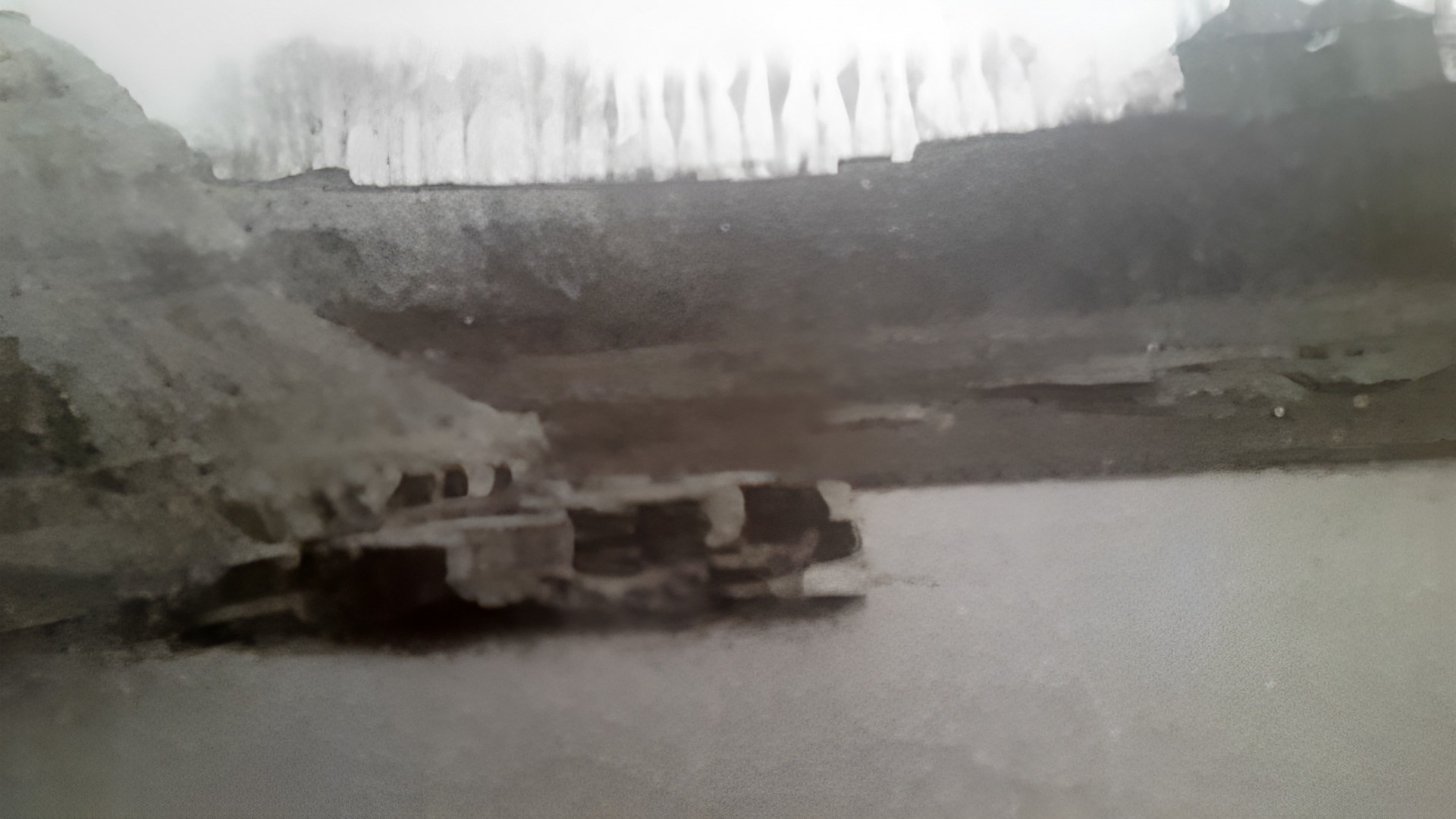
Stairfoot Brickworks flooded quarry
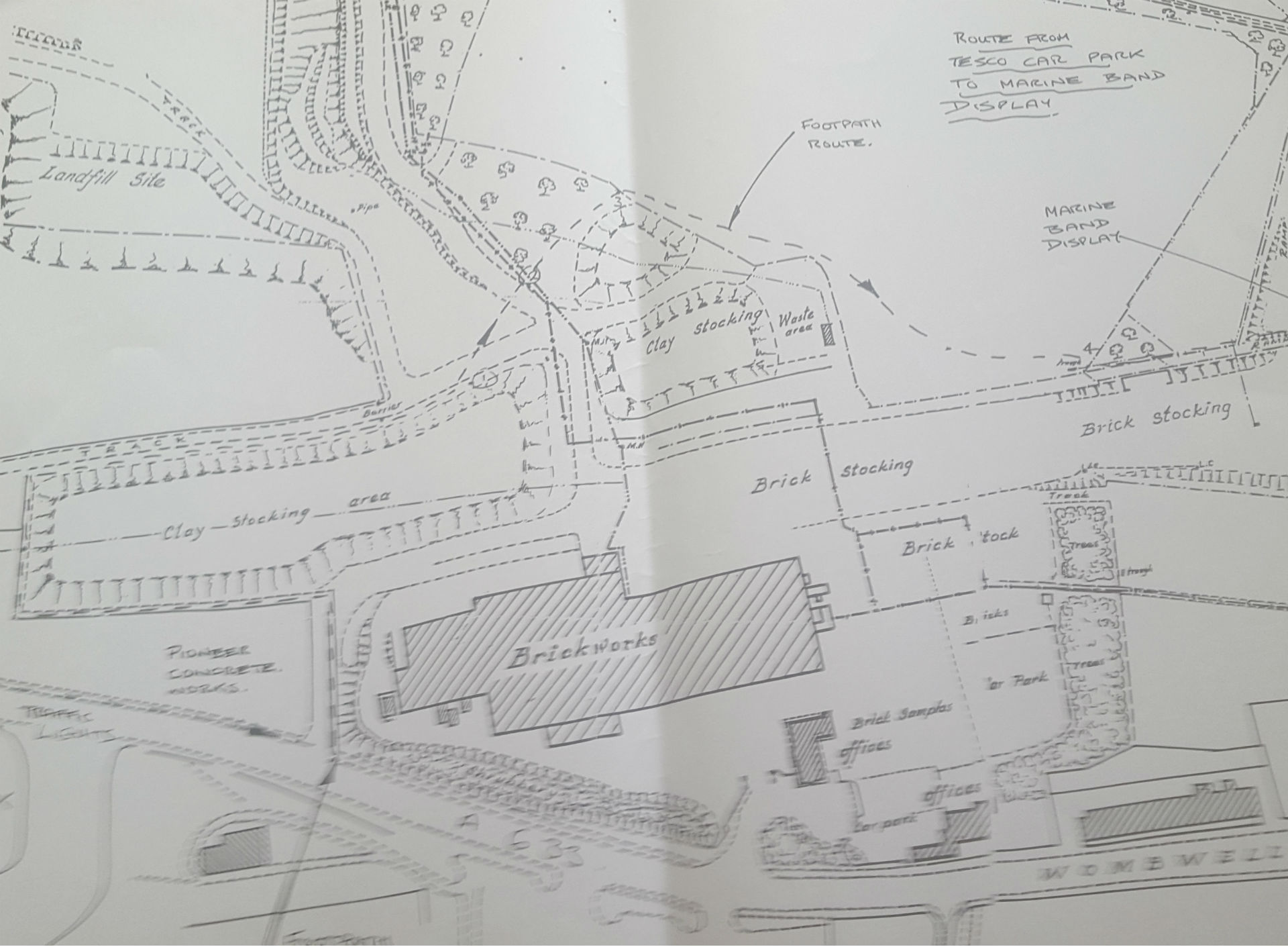
Site plan of Stairfoot Brickworks circa late 1980s

Geology of the Stairfoot Area
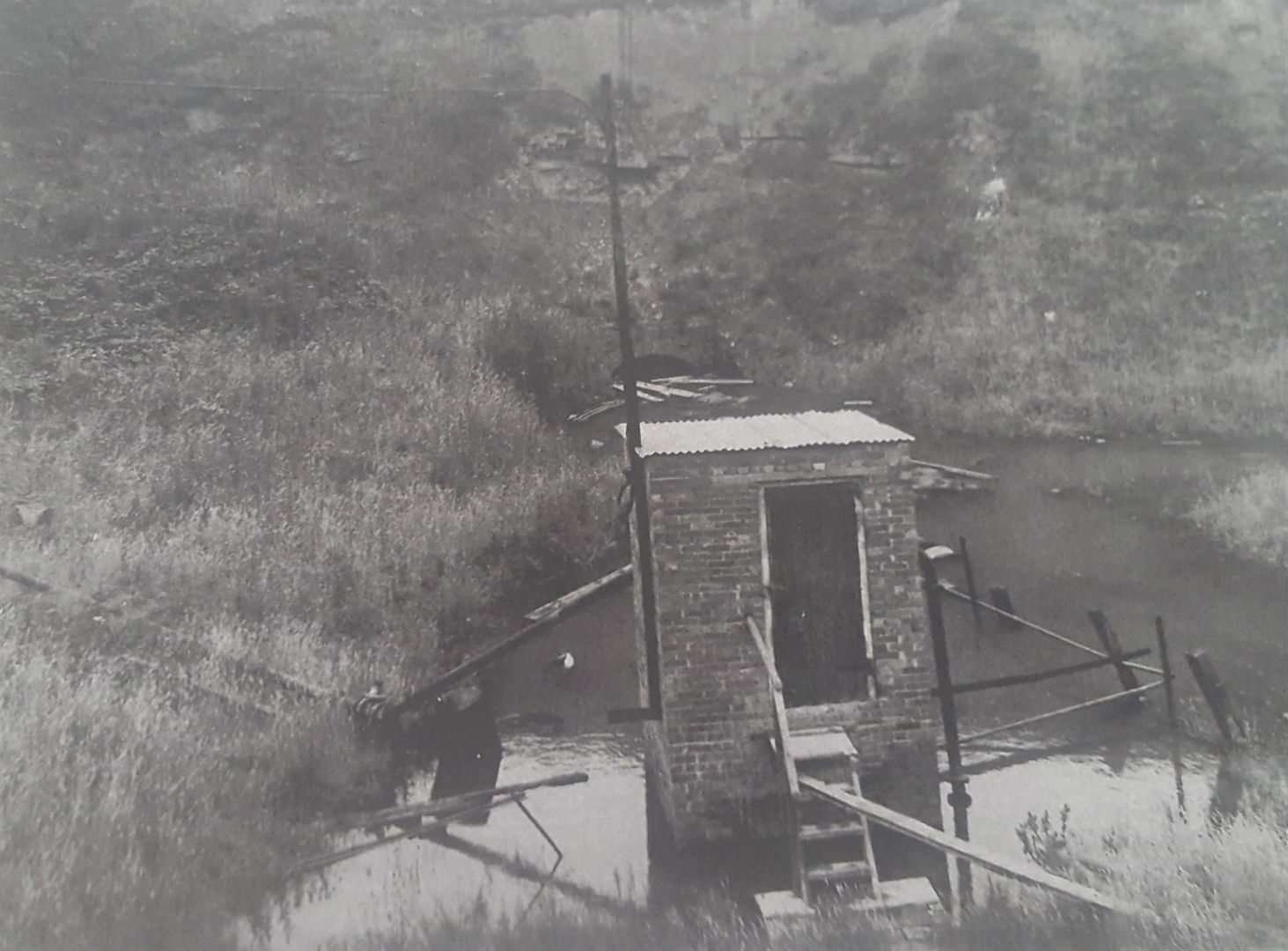
Brickwork Quarry Site Stairfoot
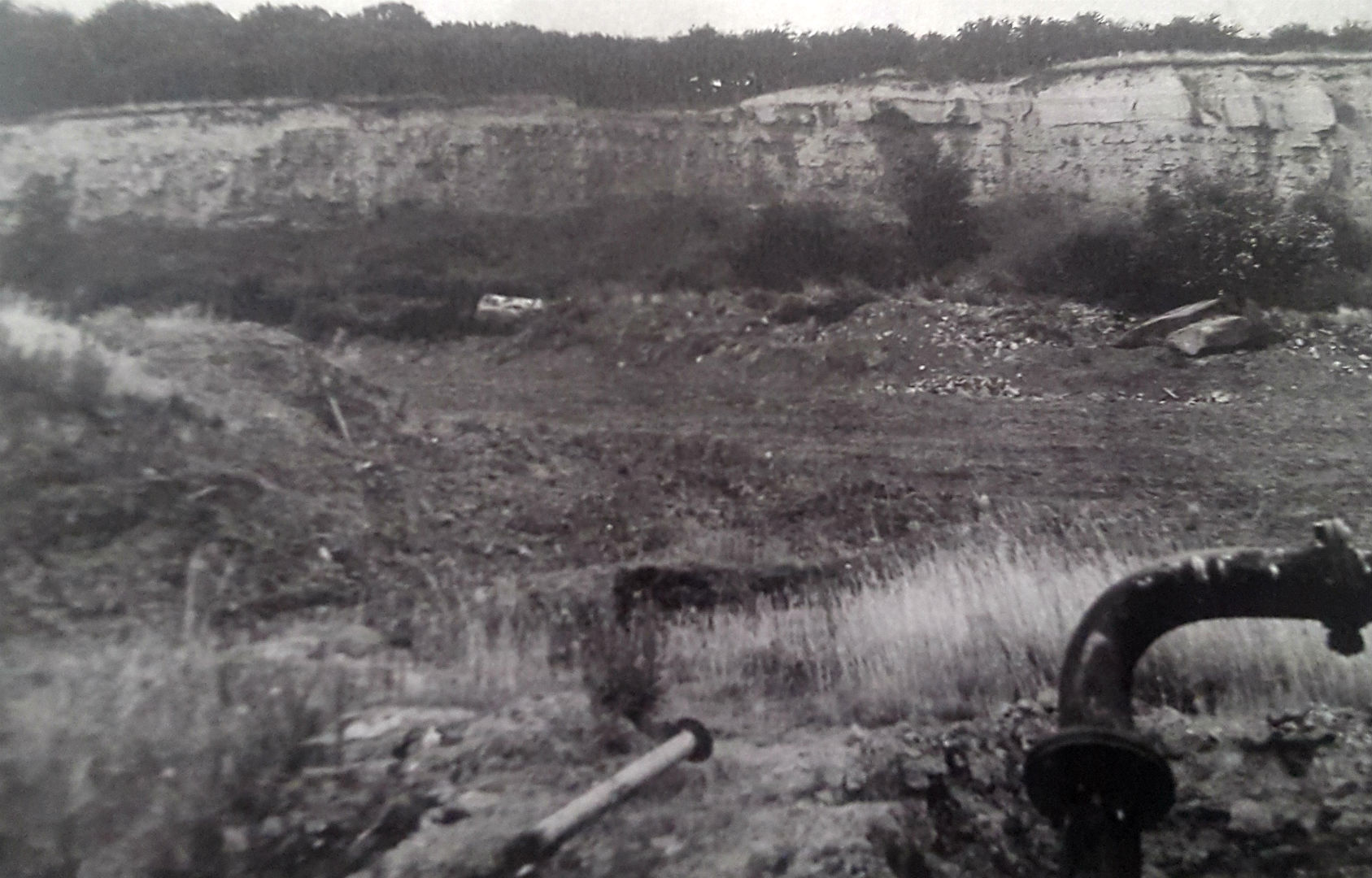
Brickwork Quarry 2 Stairfoot
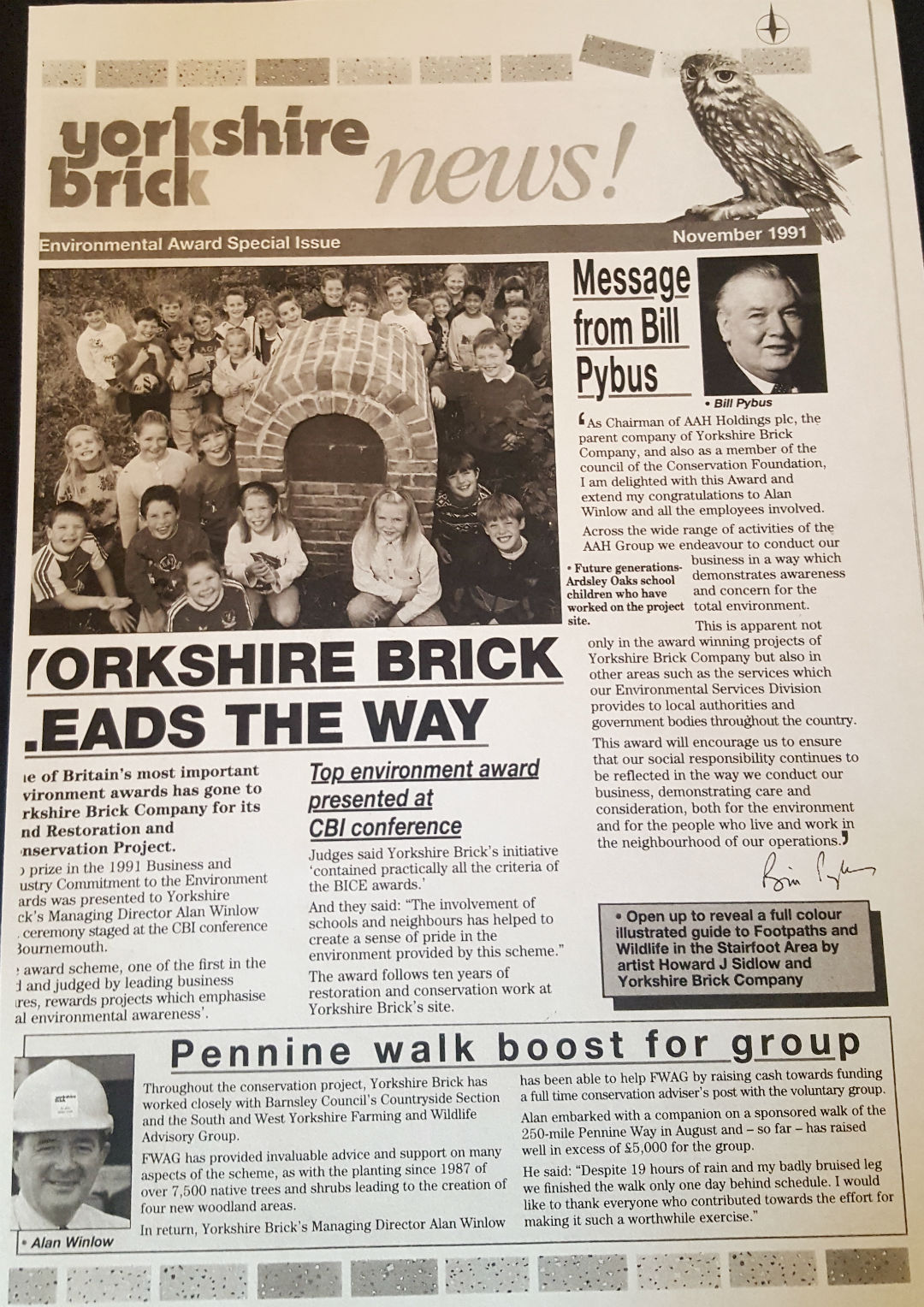
Yorkshire Brickworks News November 1991
Stairfoot Station Heritage Park
Copyright © Stairfoot Station 2023 All right reserved.
Designed by Bits and Pieces Computers
